Varieties of "Volma" plaster: "Layer". Characteristics and application technique
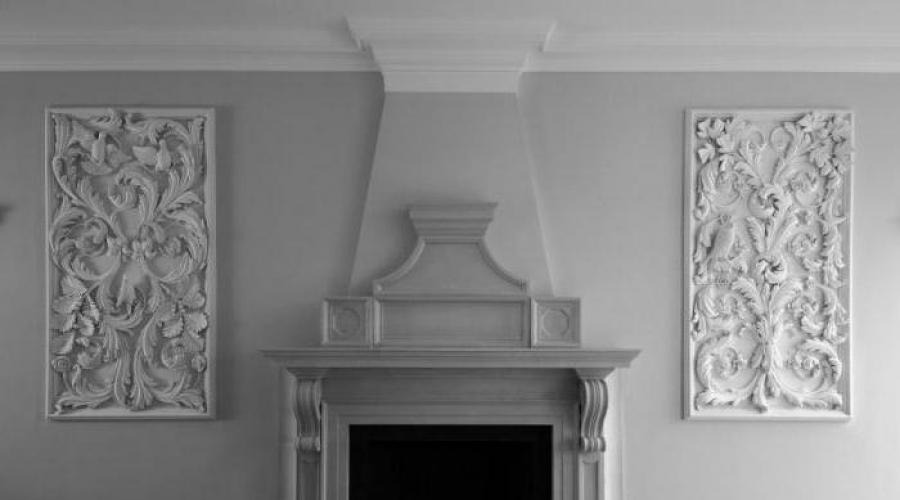
It is impossible to imagine a major renovation of premises without leveling the internal walls. For these purposes, sheets of plasterboard are often used, but recently a worthy alternative to this material has appeared - Volma. Layer plaster. This product has recently appeared on our market, but has already won the sympathy of many consumers. What are its features, what qualities does it have, where can it be used and how to apply it, we will look at in our article.
Description of material
Volma. Layer plaster is presented on the market in the form of a white powdery mixture, the main component of which is gypsum. In addition, the material contains various polymer additives that provide the coating with excellent adhesion to the base, impact resistance and resistance to moisture.
The product is intended for manual finishing of walls in rooms where a stable microclimate prevails. This type of plaster is suitable for application to walls and ceilings. On sale, the composition is found in packages of 5, 15, 25 and 30 kg.
Positive properties
The material "Volma. Layer" gained its popularity due to a number of positive qualities. Namely:
- Easy to apply. The plasticizers included in the mixture make its application quite simple, so there is no need to make special efforts during the work.
- No shrinkage. Unlike similar products for leveling walls, Volma plaster can be applied in one large layer (up to 6 cm).
- Environmental friendliness. The manufacturing company does not use harmful components to manufacture its products, as stated on the packaging of the material.
- No need to putty the walls. Plaster "Volma. Layer" can be applied directly to the walls, without preliminary treatments. After the solution has dried, the surface also does not need to be covered with a layer of finishing putty, since the plaster has an attractive glossy appearance.
- Excellent vapor permeability. The mixtures from this manufacturer “breathe”, which has a beneficial effect on the internal microclimate of the room.
Gypsum mixture "Volma. Layer": technical characteristics of the material
When choosing one or another finishing material, you should focus on its main indicators. For Volma plaster they are as follows:
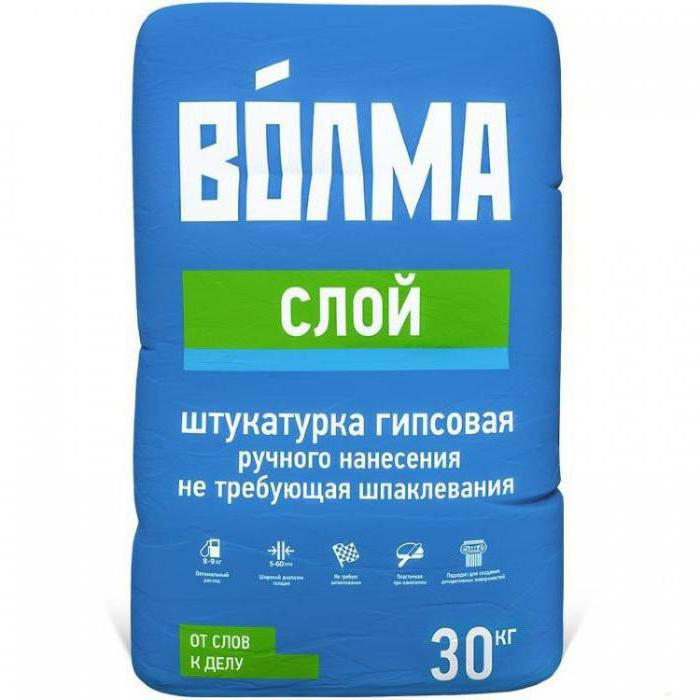
In addition to all of the above, you should know one more nuance that is important to consider when starting to work with the Volma. Layer composition. The technical characteristics of the material indicate that the finished solution is suitable for use within 45 minutes, but experts say that it is better not to leave the diluted mixture for more than 30 minutes.
Scope of application
This composition is used for both small and global work. The scope of application of the material is limited only by the fact that its main component absorbs moisture very strongly, so it is not recommended to use the composition outdoors and in damp rooms. 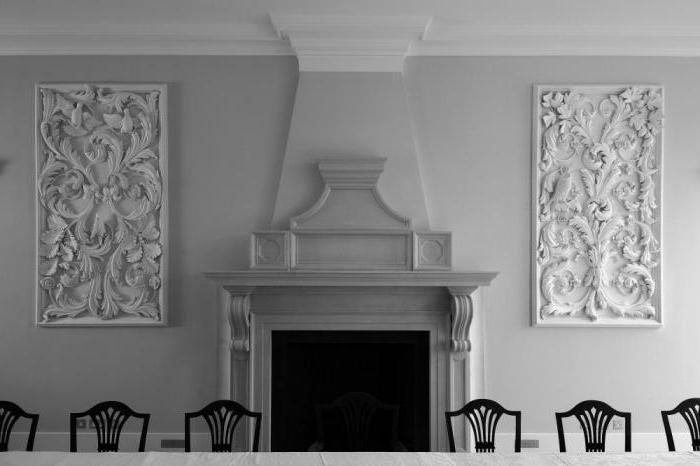
Most often, gypsum plaster "Volma. Layer" is used for the following works:
- during restoration and removal of small surface defects;
- in minor repairs for leveling walls and ceilings;
- during primary and major leveling of surfaces;
- as a finishing coating for walls;
- for creating various decorative interior elements (arches, stucco moldings, sculptures, etc.).
How to prepare the surface for applying the composition
Now let's look at how easy the Volma. Layer mixture is to work with. The manufacturer's instructions indicate that no pre-treatment of the walls is required before applying the plaster; however, a little attention should still be paid to the treated surfaces. 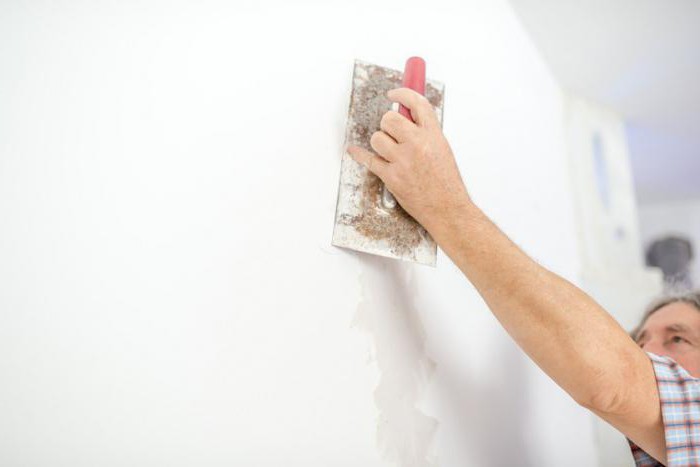
To get a decent result you will need:
- Remove dirt, dust and other debris from the walls that will interfere with work.
- If the walls have been painted or plastered, the old finish must be completely removed.
- If there are deep cracks, chips and other defects on the surface, they are removed and covered with putty.
- If the walls are very crooked and you plan to apply a thick layer of plaster, beacons from the profile should be installed.
- All metal objects located on the surface of the base are treated with anti-corrosion compounds.
How to properly dilute dry mixture
To prepare the working composition, only plastic buckets or other containers should be used. First of all, clean water is poured into a bucket (at the rate of 600 ml for each kg), and only then the dry composition “Volma. Layer” is poured. The gypsum mixture is kneaded until smooth using a drill or a special mixer.
Please note that you should not mix a large amount of the mixture at once, as it will quickly harden and will be unsuitable for further use. It is better to prepare the composition in small portions, which will be consumed within half an hour. 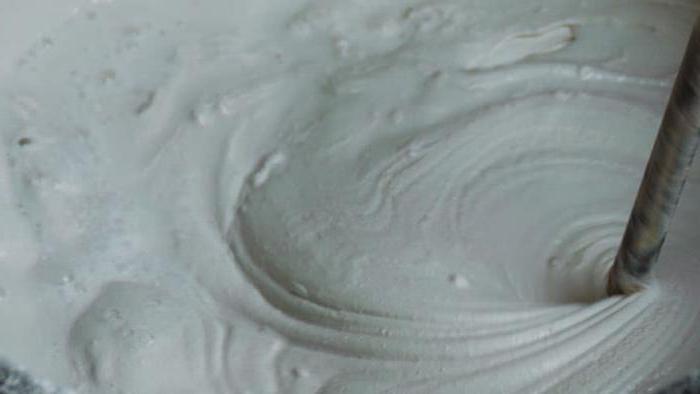
If the solution turns out to be too liquid or thick, its consistency can be adjusted by adding water and Volma. Layer powder. After the mixture is well mixed, it is allowed to stand for 2-3 minutes and work begins.
To apply the composition manually, standard spatulas (of different sizes), trowels, the rule of the required length and leveling trowels are used.
Application
Plaster "Volma. Layer" is applied in four stages.
The first is alignment. A large layer of plaster is applied to the walls and leveled along the beacons using a long rule. If the wall is relatively flat, you can do without beacons. The rule is carried out in the direction from the floor to the ceiling, removing all excess mortar and filling the recesses.
An hour after applying the plaster (when its surface has dried), trimming begins. At this stage, the rule is to cut off all dried excess mixture in order to level the surface. 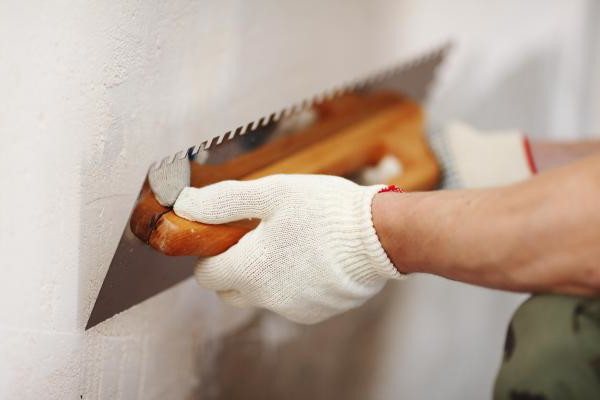
If in the future the walls will be covered with wallpaper or decorated with tiles, their leveling can be completed at this point. Before proceeding with subsequent finishing, the surfaces are treated with a primer.
If no other material is placed on top of the plaster, the walls must be brought into perfect condition. To do this, they are smoothed and given a glossy appearance.
Using a trowel with a sponge surface, they begin to smooth the plaster. This work should begin 15-20 minutes after completion of the previous stage. The surface is moistened with water and passed over it with a grater (until the so-called milk forms). At this point, the friction will increase noticeably, and in order to move the tool along the wall, you will have to make an effort. This process is necessary so that the released liquid fills all microscopic depressions and smoothes the surface. 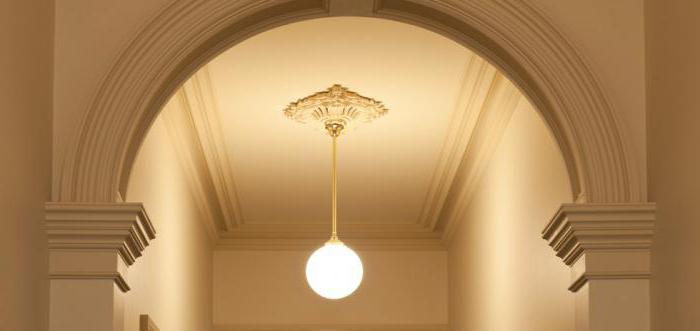
The final stage is glossing. Using a metal float, the walls are rubbed and the remaining unevenness is compacted. After processing, they are left to dry completely for the time specified by the manufacturer on the packaging.
Price
Gypsum plaster "Volma. Layer", the characteristics of which we tried to consider in detail in our article, is distinguished by its reasonable cost. Moreover, finding it on the market will not be difficult, since this composition is very popular today.
So, depending on the region of sale, 1 kg of gypsum mixture of this variety costs about 10-15 rubles. The average price of a bag weighing 30 kg today is 290 rubles. Thus, focusing on material consumption, you can calculate not only the required amount of mixture, but also the cost of repairs.
That's all. We hope we have answered all your questions. We wish you good luck and easy repairs!